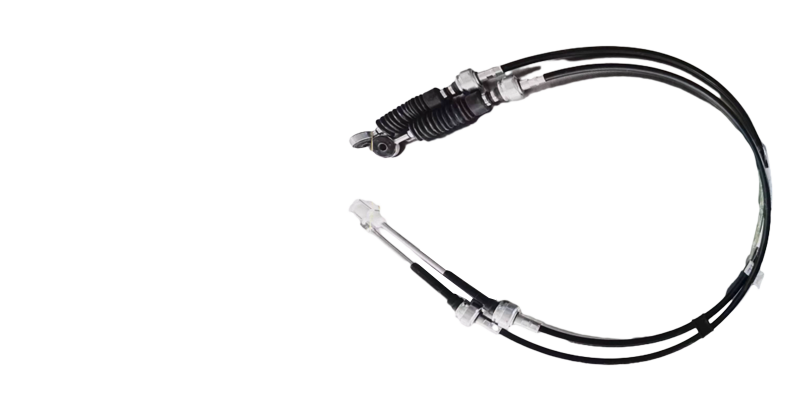throttle assembly
Understanding Throttle Assembly A Key Component in Automotive Performance
Throttle assembly is a crucial component in modern vehicles, playing a significant role in regulating engine performance and efficiency. The throttle assembly manages the flow of air into the engine, allowing the driver to control the engine's power output by adjusting the amount of air mixed with fuel. This intricate system can significantly impact a vehicle's acceleration, speed, and overall performance.
At its core, the throttle assembly typically consists of a throttle plate, throttle body, and various sensors. The throttle plate, a disk that opens and closes based on the driver's input from the accelerator pedal, is instrumental in controlling the airflow. When the accelerator is pressed, the throttle plate opens, allowing more air to enter the engine, which is then mixed with an appropriate amount of fuel for combustion. Conversely, releasing the accelerator closes the plate, reducing airflow and power.
The throttle body also houses critical components such as the throttle position sensor (TPS), which monitors the position of the throttle plate and sends this information to the Engine Control Unit (ECU). The ECU uses this data to determine the optimal air-fuel mixture for various driving conditions, ensuring the engine runs efficiently and produces the desired performance. This interaction between the throttle assembly and the ECU exemplifies modern vehicles' integration of mechanical and electronic systems.
throttle assembly

In addition to performance, a well-functioning throttle assembly contributes to fuel efficiency and emissions control. An improperly calibrated or malfunctioning throttle can lead to poor fuel economy and increased emissions, making regular maintenance essential. Drivers may notice symptoms of a faulty throttle assembly, such as rough idling, stalling, or unresponsive acceleration, indicating the need for inspection or repair.
Advancements in technology have also led to the development of electronic throttle control (ETC) systems, which eliminate the traditional mechanical link between the accelerator pedal and the throttle plate. In ETC systems, the accelerator pedal is equipped with sensors that send signals to the ECU, which then adjusts the throttle position electronically. This innovation enhances the responsiveness and precision of throttle control, contributing to improved vehicle performance and safety.
In conclusion, the throttle assembly is a vital element in the functioning of an internal combustion engine. To optimize vehicle performance and efficiency, understanding its role and ensuring it operates correctly is essential for all drivers. Regular maintenance and awareness of potential issues can lead to better driving experiences and longer vehicle life.
-
Workings of Clutch Pipe and Hose SystemsNewsJun.04,2025
-
The Inner Workings of Hand Brake Cable SystemsNewsJun.04,2025
-
The Secrets of Throttle and Accelerator CablesNewsJun.04,2025
-
The Hidden Lifeline of Your Transmission Gear Shift CablesNewsJun.04,2025
-
Demystifying Gear Cables and Shift LinkagesNewsJun.04,2025
-
Decoding Clutch Line Systems A Comprehensive GuideNewsJun.04,2025
